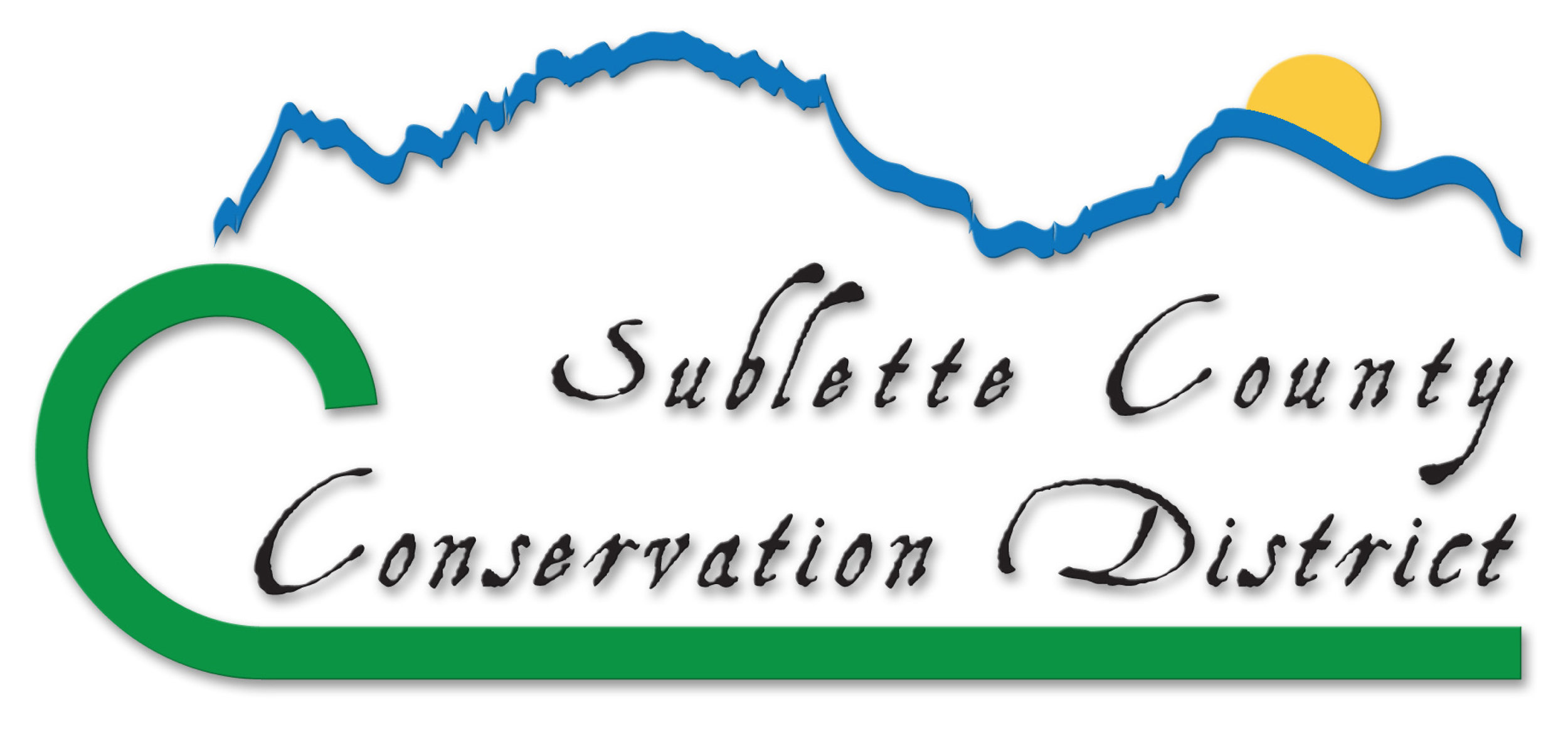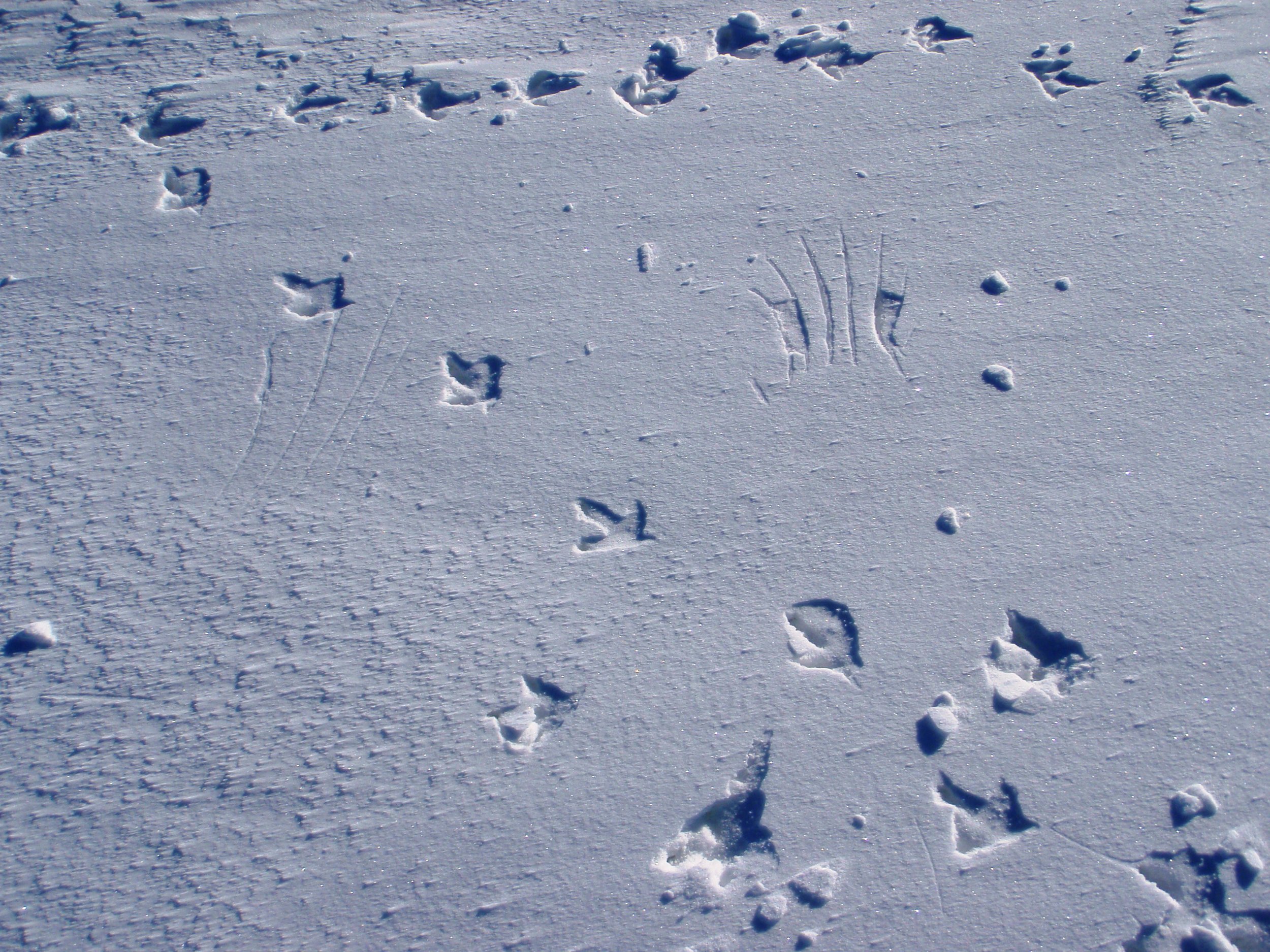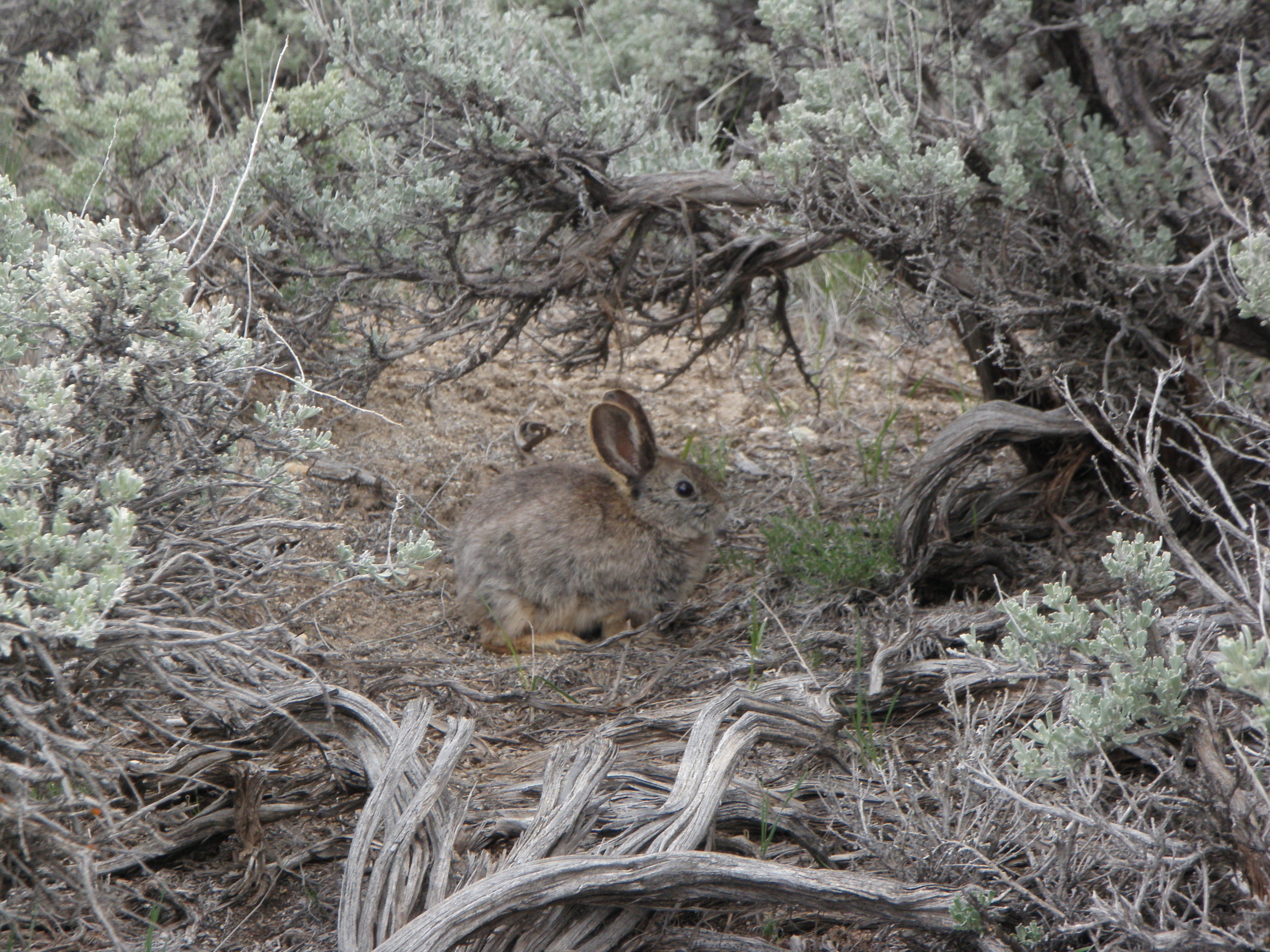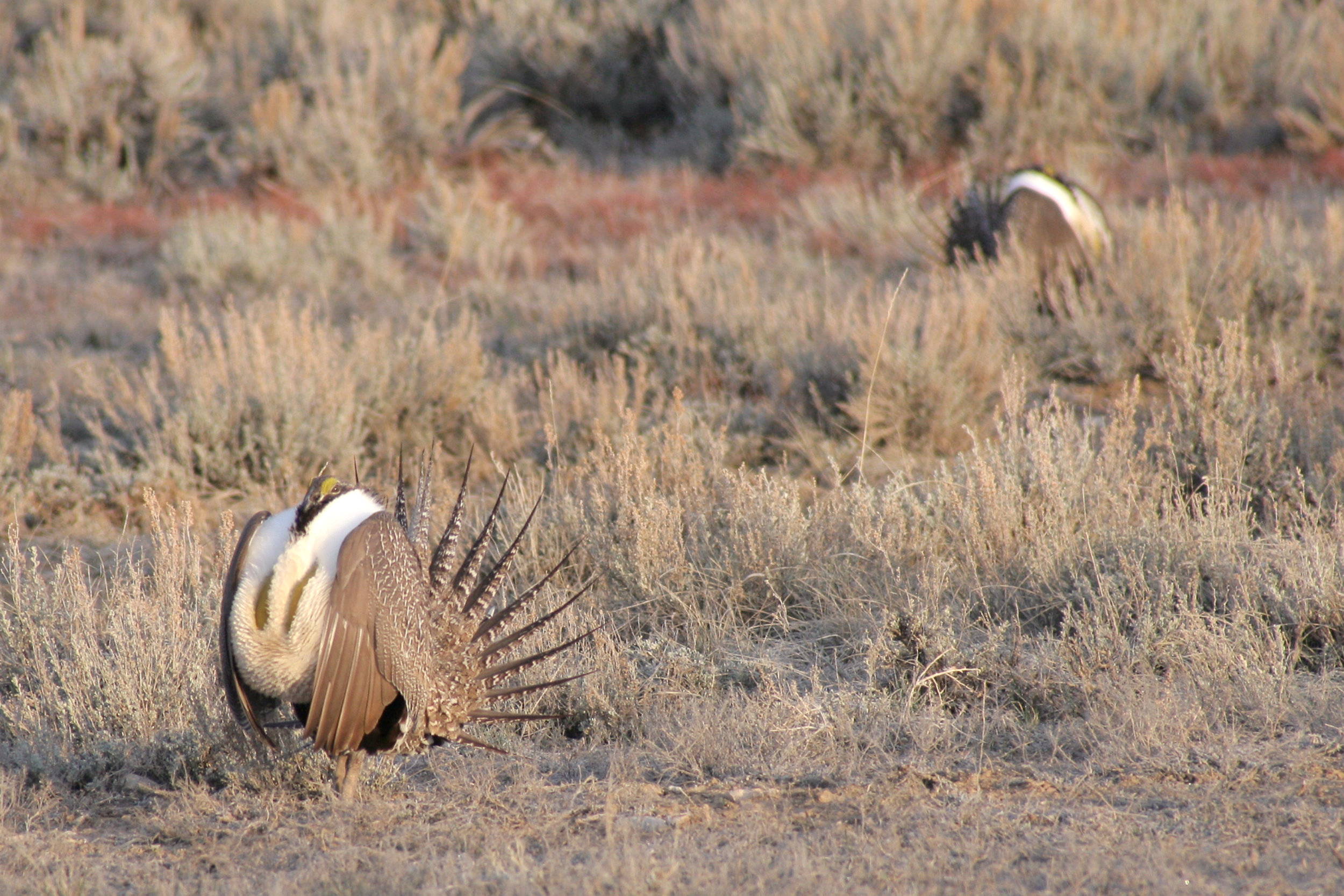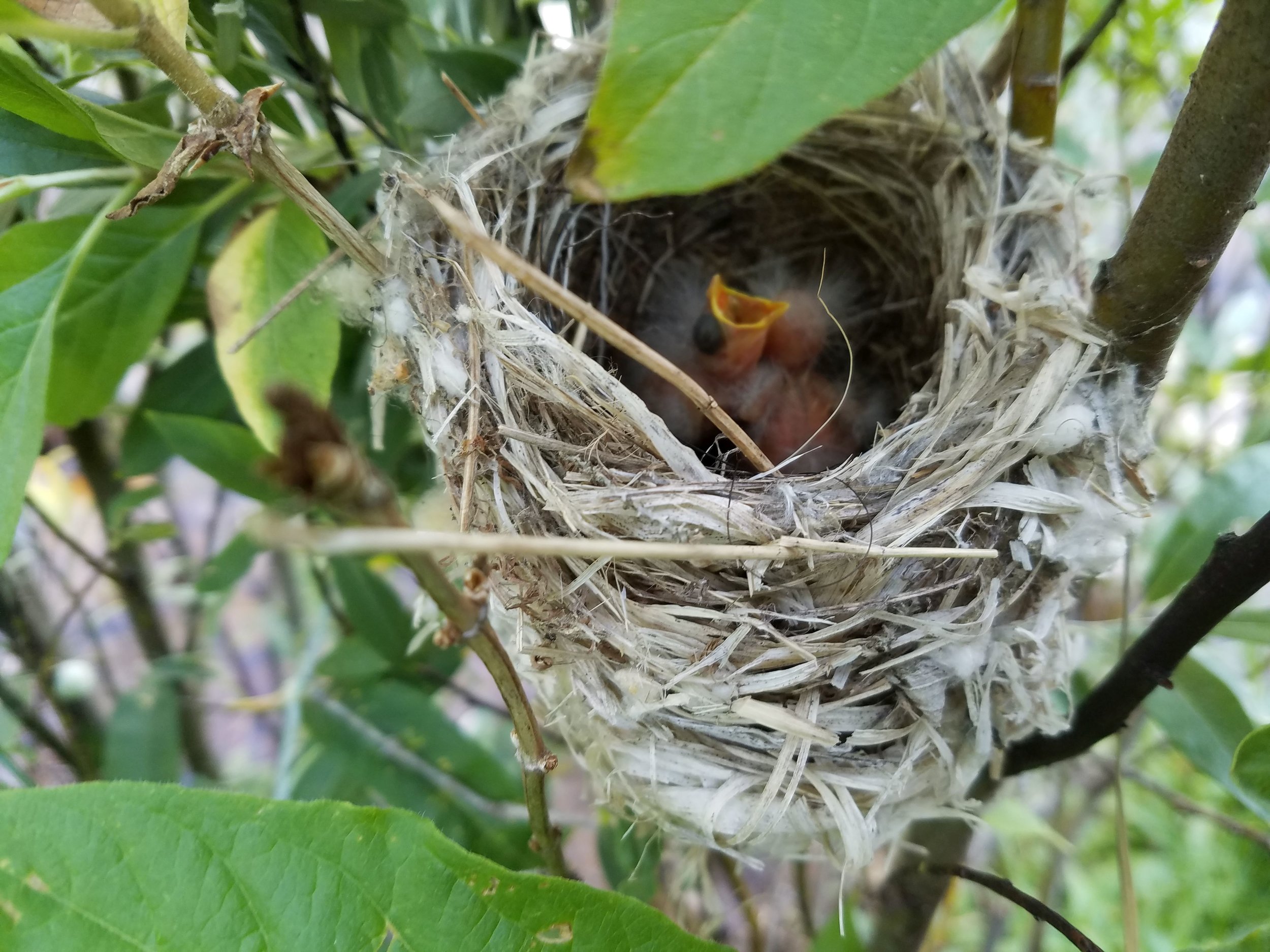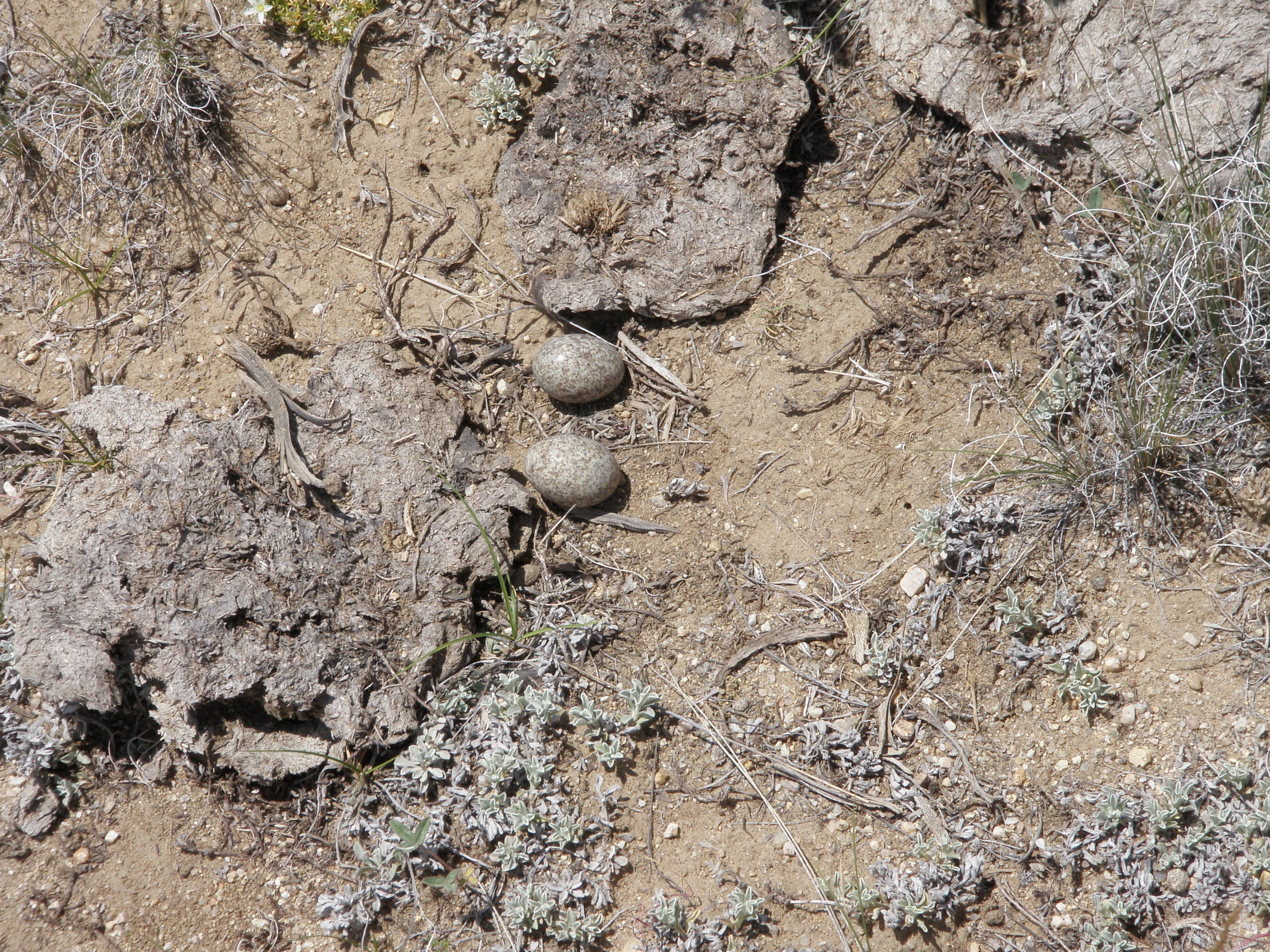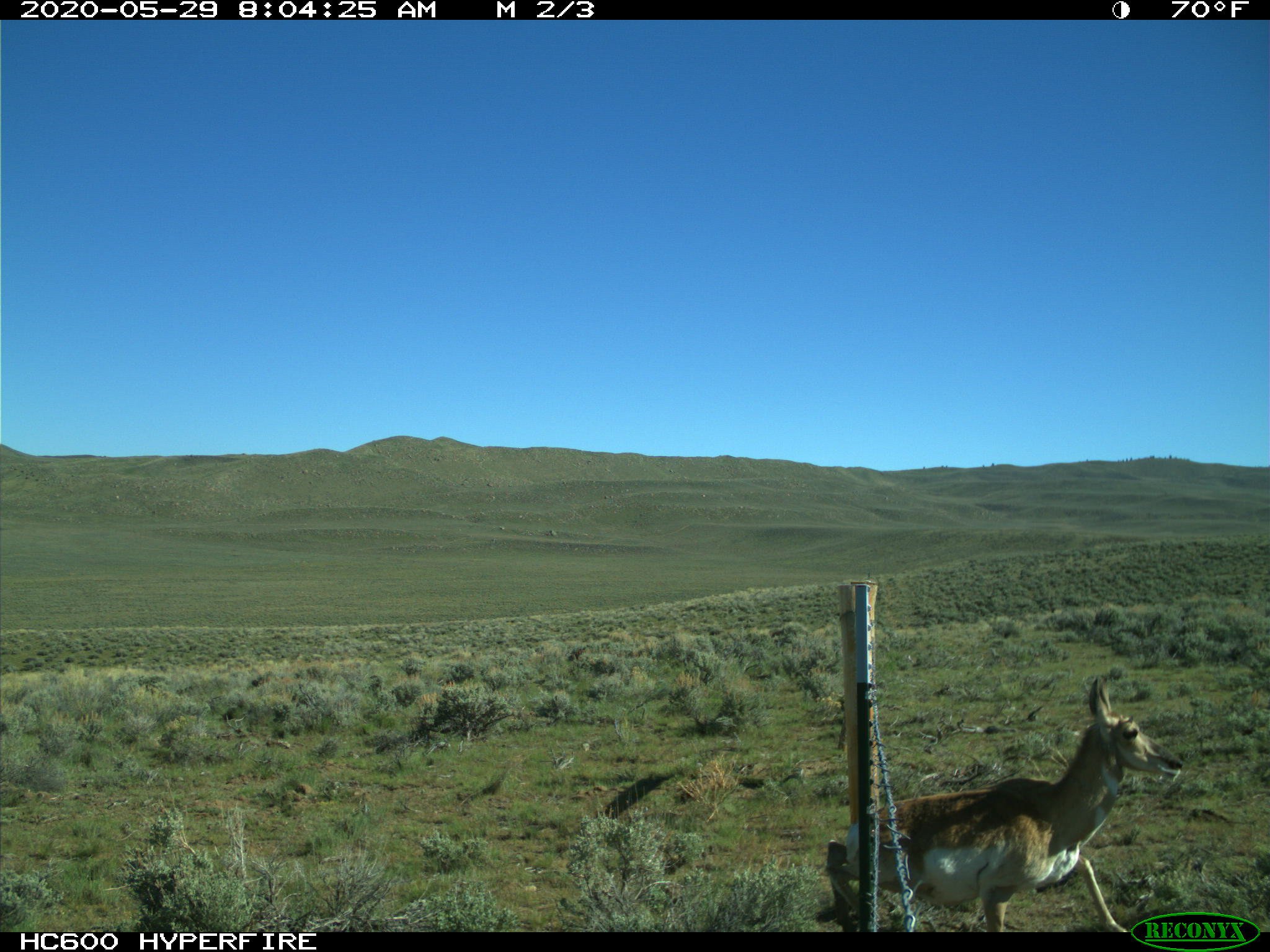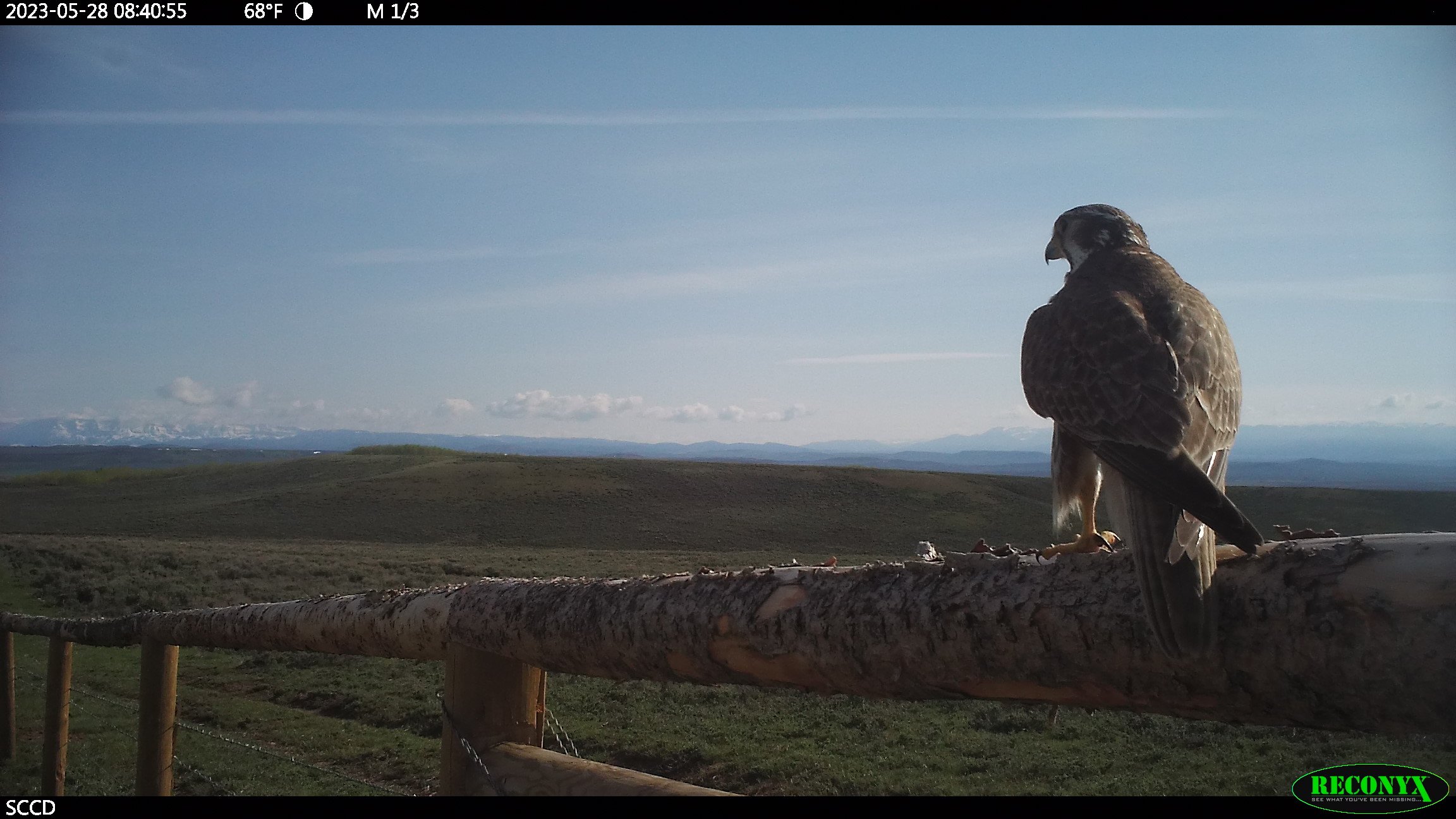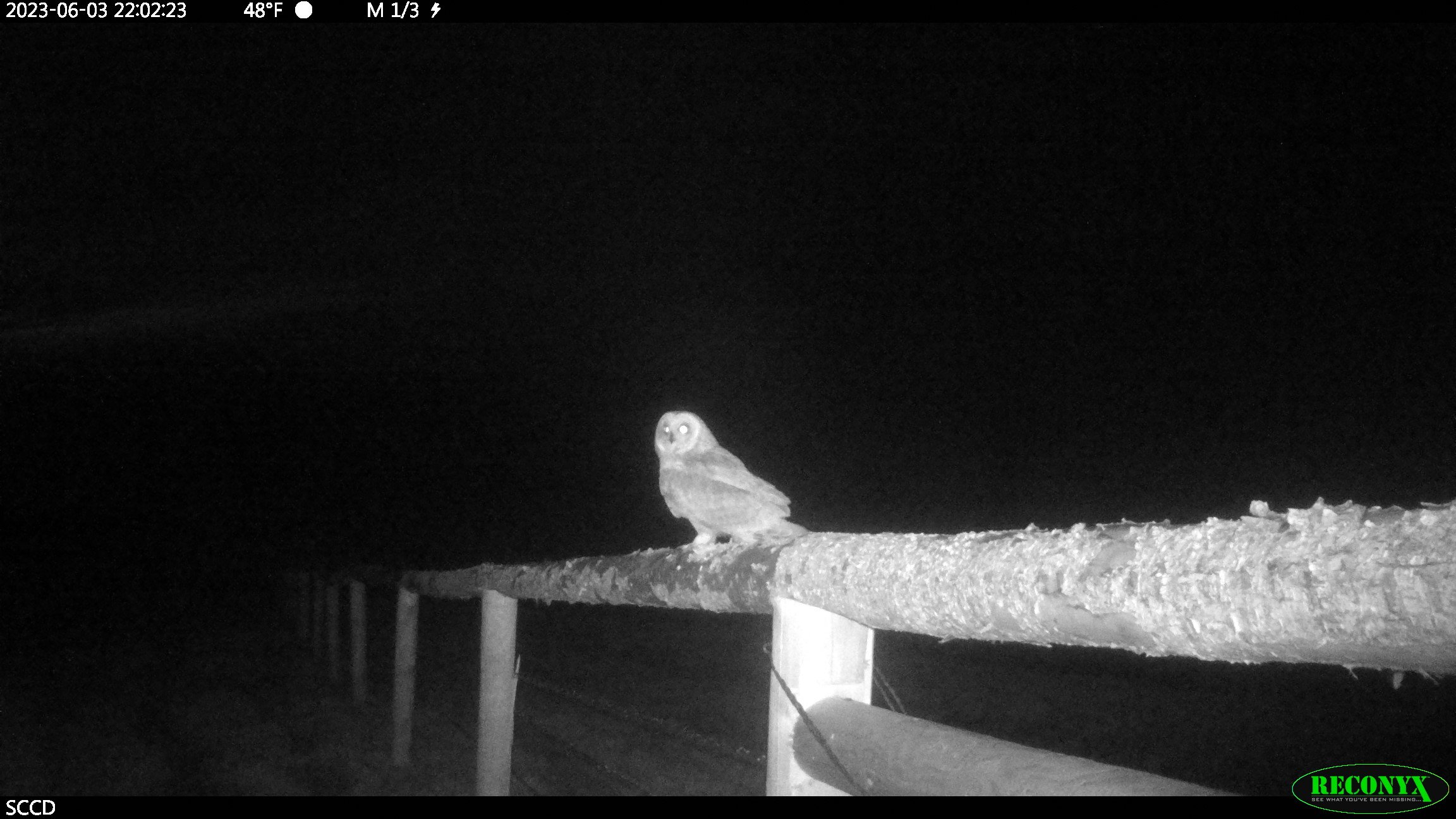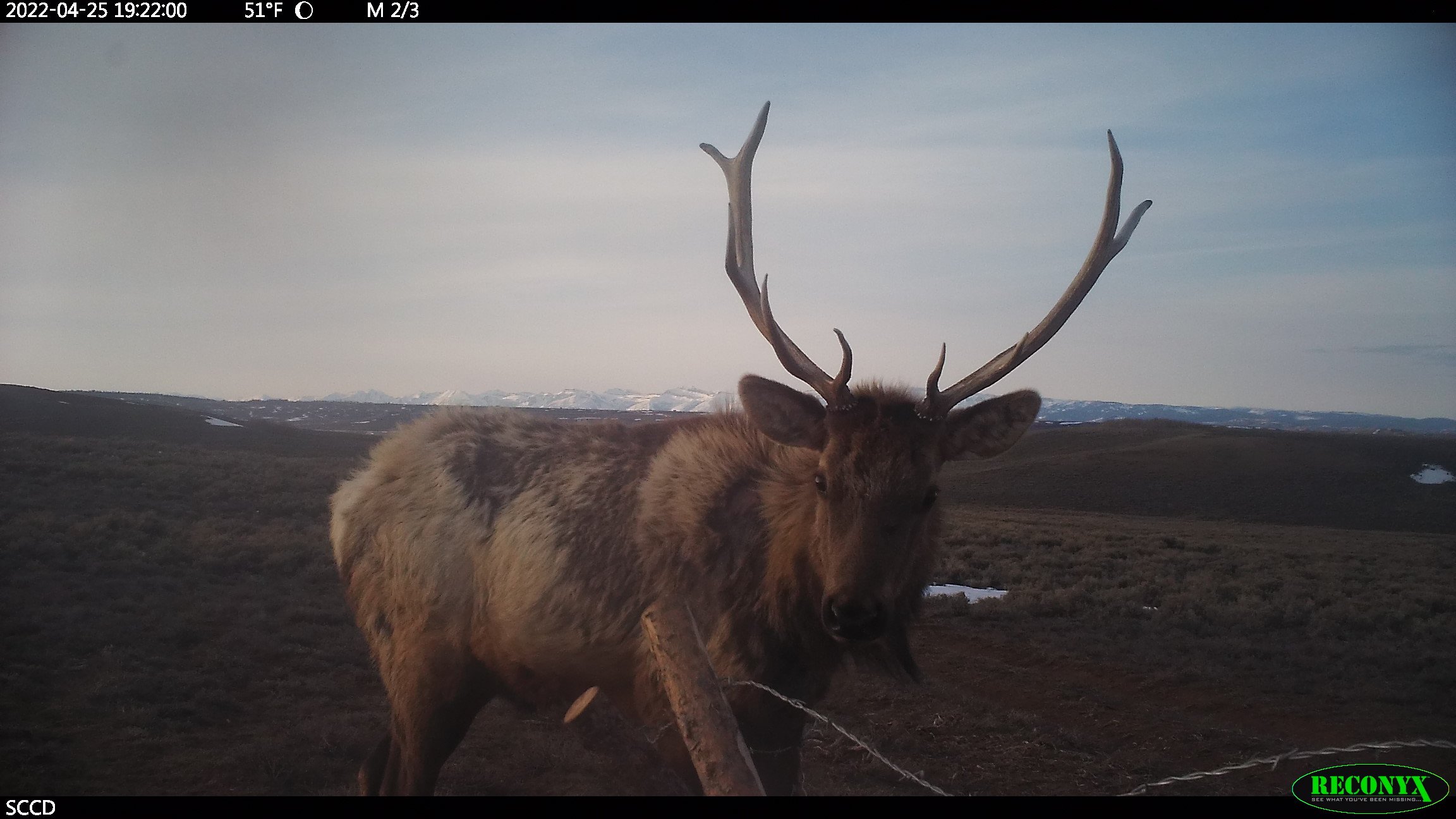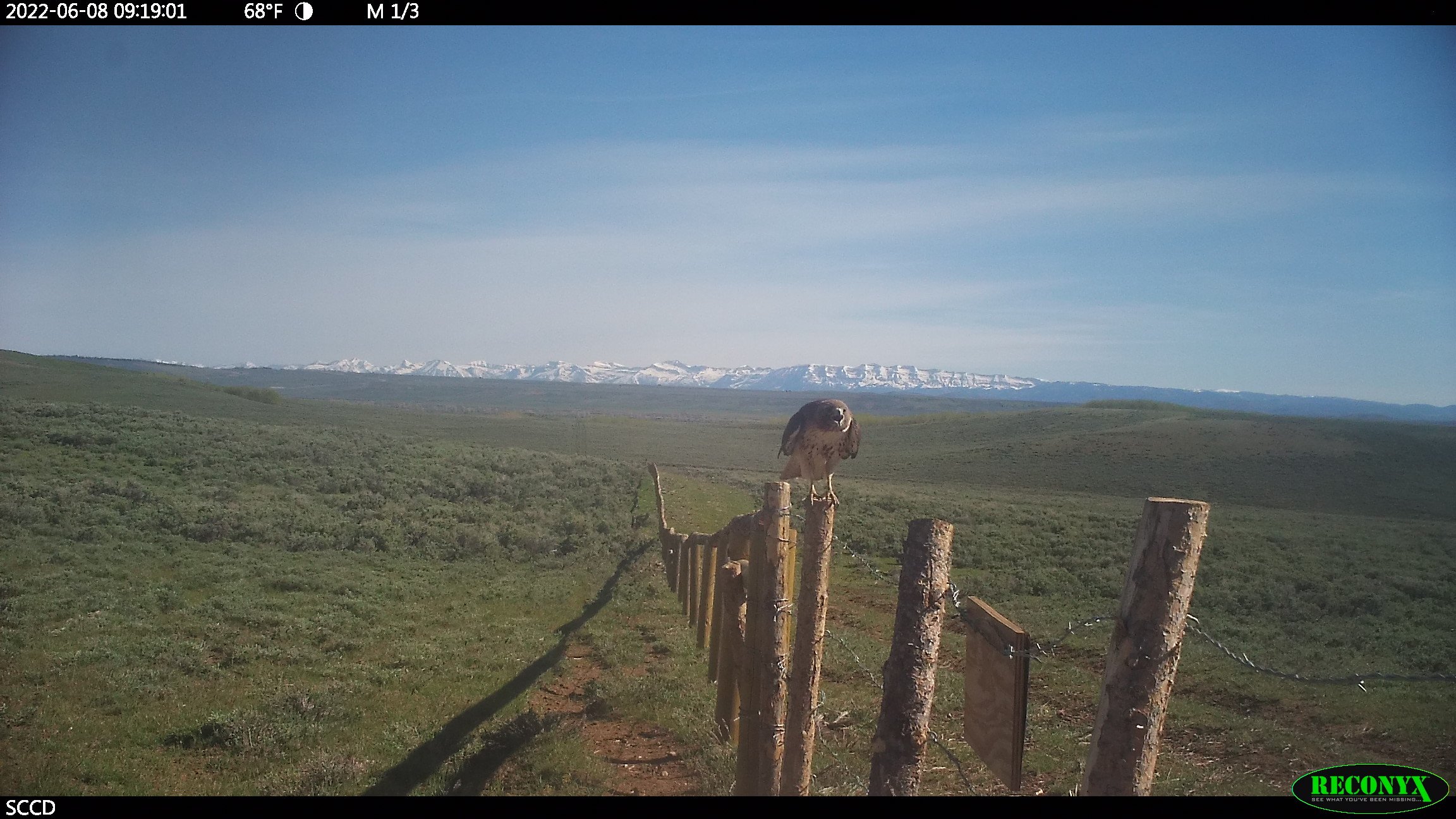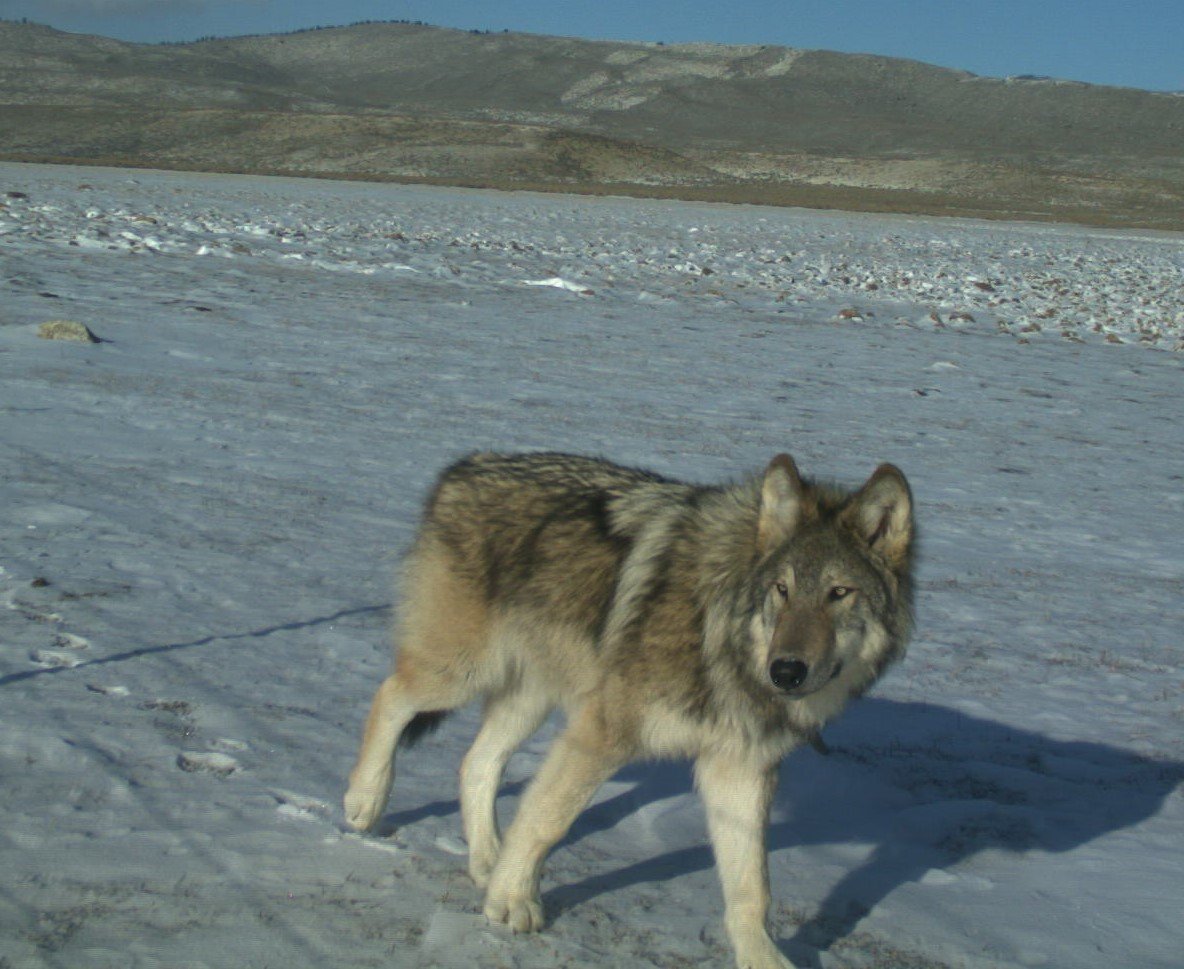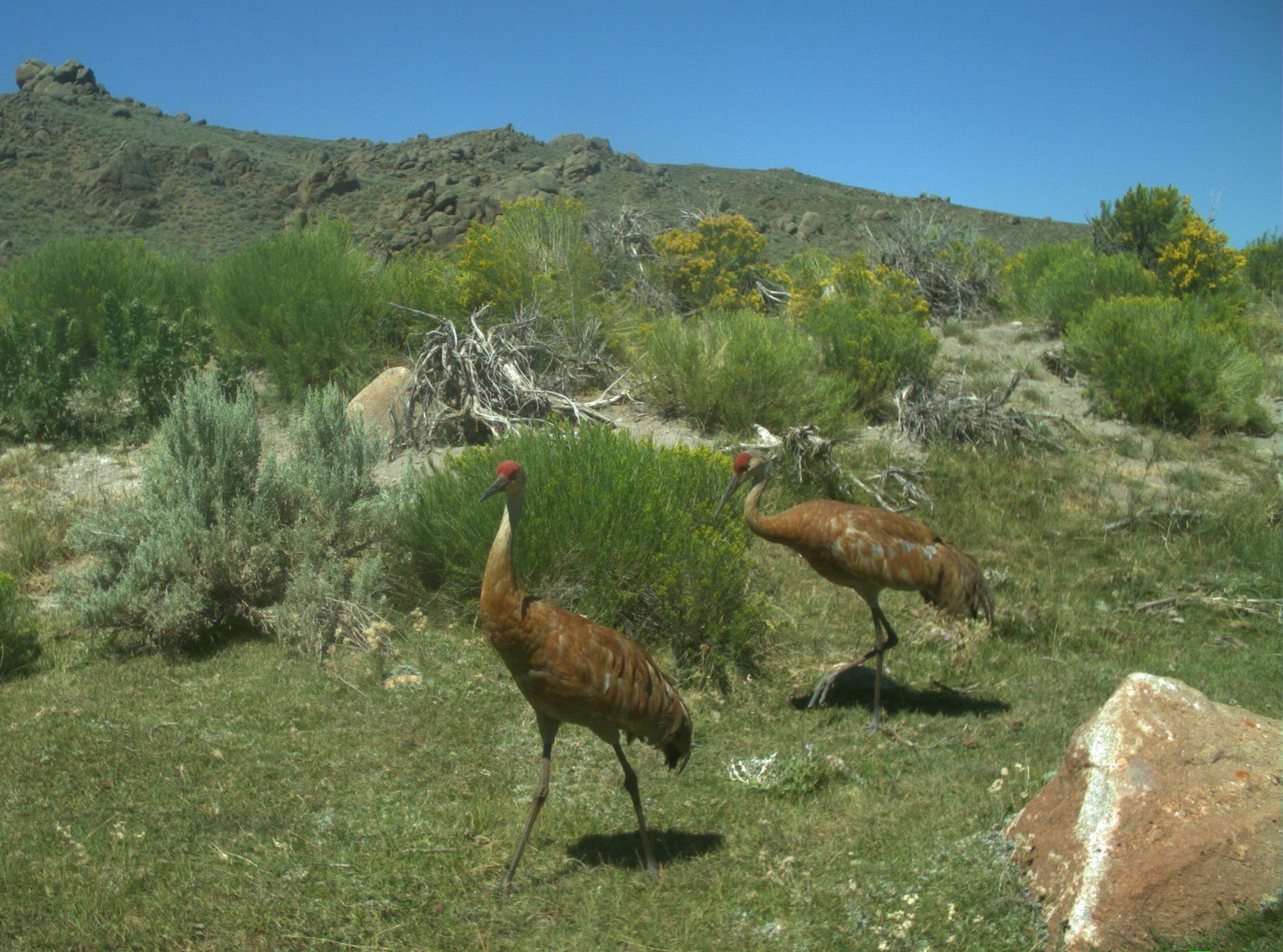Wildlife & Habitat Program
Sublette County is rich in resources including an abundance of wildlife. With some of the longest and well documented ungulate corridors in the lower 48 states and some of the most intact habitats, the District is home to elk, moose, pronghorn, mule deer, Greater sage-grouse, Sandhill cranes, pygmy rabbits, burrowing owls, Bald eagles, grizzly bears, wolves, western toads, short-horned lizard, cutthroat trout, Kendall Warm Springs dace… and the list goes on. Sitting at a headwaters of the Colorado River Basin, the County boasts a diversity of habitats from the peaks of mountains (13,400 ft in the Wind River Range) to the valley bottoms (6,280 ft), many streams and more than 1,300 lakes.
What Does the Wildlife & Habitat Program Do?
The Wildlife & Habitat Program staff stays informed on issues regarding Threatened and Endangered species, wildlife/livestock conflicts and other matters that could affect Sublette County landowners and helps to implement voluntary and landowner-led conservation. By working with landowners, agencies and other partners to implement projects and programs, we can all strive to be stewards of working lands.
SCCD is currently supporting wildlife projects in a variety of different areas through the provision of either staff time or funding. See below to learn more:
Conservation planning opportunities
Abraham Lincoln once said, “Give me six hours to chop down a tree and I will spend the first four sharpening the axe”. This quote refers to the value of preparing before action. This is exactly what conservation planning can do for you and your property to help you address natural resource concerns and take advantage of opportunities.
NRCS Conservation Plans
NRCS defines resources as SWAPAE+H. These plans inventory and considers the Soil, Water, Air, Plants, Animals, Energy and Human factors to provide you with information to help you manage your property. There can be many components of a plan to suit your needs such as grazing management, weed and pest management, wildlife management, irrigation management. SCCD is an NRCS sister agency and can assist you in balancing your natural resource issues with your economic and social needs through the development of the conservation plan.
USFWS Greater Sage-Grouse Candidate Conservation Agreements with Assurances for Wyoming Ranch Management
Concerned about Greater sage-grouse becoming listed as threatened or endangered under the Endangered Species Act (ESA)? Maybe not, but IF a species becomes listed under the ESA, private property owners may face land use restrictions on their property. The CCAA approach provides private property owners with assurances that additional restrictions or actions will not be imposed above those voluntarily committed to in the agreement, as well as enhancement of survival permits under section 10(a)(1)(A) of the ESA. SCCD is a Participating Agency for the USFWS CCAA, and we can help you navigate through the components of the agreement and create the associated conservation and monitoring plans.
Upper Green River Basin Migration Corridor Fencing Initiative
Sublette County, Wyoming sustains the longest migration pathway ever recorded in the lower 48 states and supports wildlife habitats for mule deer, elk, moose, pronghorn, and sage-grouse. Wildlife must navigate many barriers on the landscape like roads and fences, leading to injury or death. SCCD is working with various partners including NRCS, WGFD and many others through the Upper Green River Basin Migration Fencing Initiative to enhance permeability for wildlife passage. This initiative aims to identify and implement wildlife friendly fence modification projects in the WGFD designated Sublette Mule Deer Herd Migration Corridor and other crucial habitats by modifying, replacing, or removing problematic fences for big game animals. Providing an opportunity for private landowners and permittees to implement wildlife friendly fence conversions helps ease financial burden to deliver a fence that has long-term integrity for both wildlife permeability and livestock management.
EcoFlight Video Link: https://www.youtube.com/watch?v=my-ZTYky-eI
Other Potential Videos:
https://www.youtube.com/watch?v=byR5G04mAio
https://www.youtube.com/watch?v=tPVafMpBj2g
Mesic Habitat Restoration
This project, known as the One Rock at A Time: Slowing Rangeland Erosion project, offers an opportunity to learn how to use natural processes to heal erosion on rangelands. Restoring land can be intensive and expensive, but low-tech structures offer a back-to-basics approach to help slow rangeland erosion. These techniques let the water do the work to restore riparian and wet meadows by increasing soil moisture and vegetation growth. Research indicates that these methods can effectively increase vegetation productivity by 25% and keep plants greener longer, which results in greater resiliency against drought and climate variability. More information about these efforts can be found on the Sage Grouse Initiative website at https://www.sagegrouseinitiative.com/water-is-life/.
How do you learn to read the landscape and build structures? A field workshop was conducted in August 2021 that focused on the techniques and skills to build these types of structures, but you can still watch the virtual webinar modules at https://www.partnersinthesage.com/2021-zeedyk-wyoming-workshop.
Be sure to check out these short videos from our local Sublette County Workshop!
Interested in a project or potential volunteer opportunities that will provide hands on experience? Contact us! Together we can strengthen the resiliency of our wet meadow habitats!
